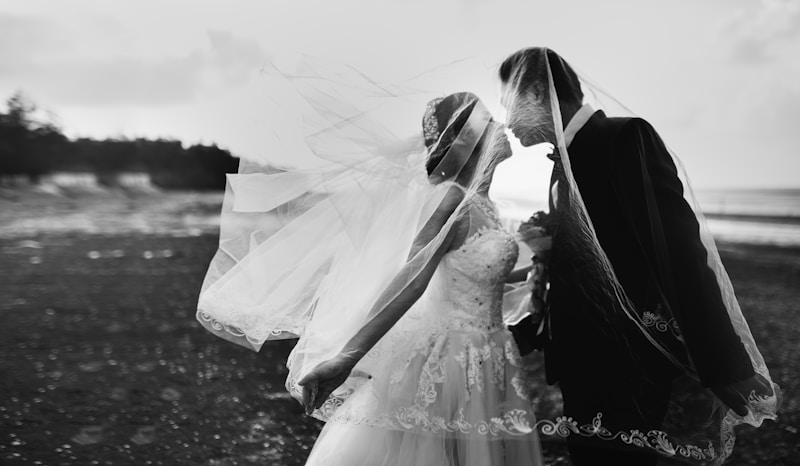Exploring Sand Ceremony Traditions: A Beautiful Display of Unity
Understanding Sand Ceremony Traditions
Sand ceremonies are unique rituals often incorporated into wedding ceremonies to symbolize the joining of two individuals and their families. This tradition, rich with symbolic meaning, has gained popularity across various cultures. In this article, we will delve into the origins, significance, and various interpretations of sand ceremony traditions while addressing related aspects that may intrigue couples planning their weddings.
The Origin of Sand Ceremony Traditions
Sand ceremonies are believed to have originated from Native American cultures, where the act of combining sand from two different sources symbolized the coming together of two families. This ancient ritual has since evolved into a Modern wedding trend, embraced by couples looking for a meaningful way to express their love and commitment during the ceremony.
The Significance of the Sand Ceremony
At its core, a sand ceremony represents the unification of two lives into one. The act of pouring individual containers of sand into a single vessel serves as a metaphor for the merging of two identities. Here are some key reasons why couples choose to include sand ceremonies in their weddings:
- Symbolism of Unity: Each color of sand can represent different qualities or aspects about the individuals participating in the ceremony. When combined, these colors create a beautiful and unique mixture that showcases their individuality while highlighting their unity.
- Inclusivity: The sand ceremony can incorporate family members, symbolizing the joining of two families. For multi-family weddings or ceremonies involving children, the inclusion of family members helps create a sense of belonging and unity.
- Memorable Keepsake: Couples can keep the sand in an elegant container as a reminder of their wedding day and the promises made to each other.
Setting Up Your Sand Ceremony
Planning for a sand ceremony can be straightforward, yet allows for personal touches that reflect your relationship. Here are essential components to consider when organizing your sand ceremony:
| Element | Description |
| Containers | Choose beautiful glass or wooden containers for the sand. Often, the couple has their own container, and family members may have separate ones as well. |
| Color of the Sand | Select different colored sand that resonates with you and your partner. Some couples choose colors representing their wedding's palette or personal meanings. |
| Vows | Consider writing vows that connect the concept of unity to the act of pouring sand together. |
| Location | Ensure your setup allows everyone to see the sand ceremony clearly. This could be a beach, garden, or any meaningful place to you both. |
Enhancing the Ritual
There are many ways to enhance your sand ceremony, making it even more personal and meaningful:
- Music: Play a song that holds significant meaning to you both while you perform the ceremony.
- Invite Family Members: If desired, involve family members in the pouring of sand. Each family can use a unique color to symbolize their unique contributions to your relationship.
- Include Readings: Incorporate meaningful readings that reflect the essence of your bond or the significance of unity into your ceremony.
Common Questions Regarding Sand Ceremony Traditions
As couples explore the idea of sand ceremonies, they often have several questions. Here, we've compiled some common inquiries:
1. What types of sand can be used in a ceremony?
Traditionally, colored sand is used, often purchased from craft stores or online. Some couples opt for natural sand from significant locations, like a beach where they have fond memories.
2. How long does the sand ceremony typically last?
The sand ceremony usually takes around 5-10 minutes. This includes any readings, music, or vows, making it a brief yet profound part of the overall ceremony.
3. Can we incorporate other family members into the sand ceremony?
Absolutely! Many couples choose to include their children or family members by having them pour sand simultaneously. This promotes unity and symbolizes the merging of families.
4. What should we do with the sand after the ceremony?
Once the ceremony concludes, couples often display the sand in a decorative container in their home, serving as a lasting memory of their wedding day.

Final Thoughts on Sand Ceremony Traditions
Sand ceremony traditions provide couples with a beautiful way to symbolize their union and the blending of their families. By understanding its significance, setting it up thoughtfully, and exploring various enhancements, you can create a deeply personal and memorable wedding experience. As with any wedding tradition, it's essential to ensure that it reflects your unique relationship and preferences. Consider the factors discussed and make the sand ceremony your own, ensuring it's a cherished memory not only for you but also for those who witness it. Engage with your families, choose colors that resonate with your stories, and remember the essence of partnership that this ceremony represents.
In conclusion, sand ceremony traditions offer rich symbolism and a beautiful representation of union. They also provide an opportunity for individuals to make the ceremony feel personal and meaningful. By incorporating your loved ones, choosing symbolic colors, and reflecting on your journey together, you can create a cherished ritual that stands the test of time—reminding you both of your commitment and love.